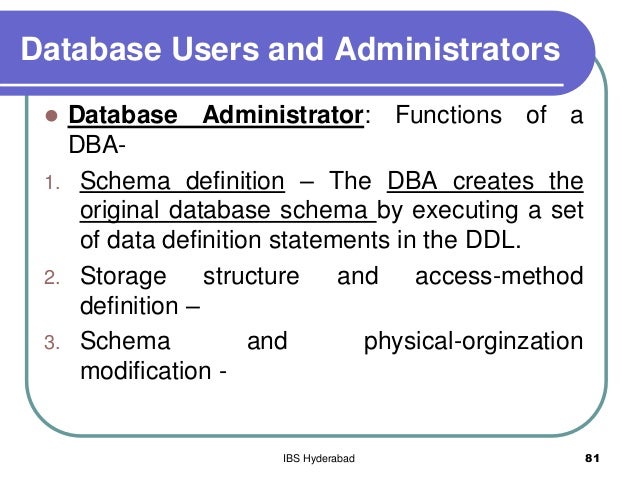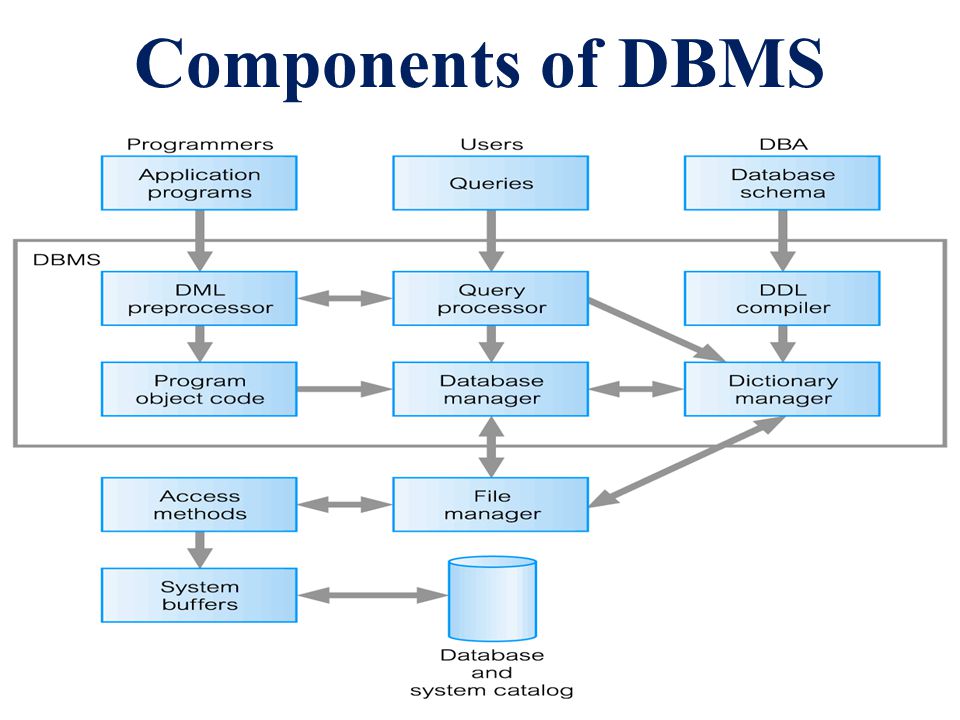
No transaction should have any adverse effect on the data residing in the database. States should be defined either before the execution of the transaction or after the execution/abortion/failure of the transaction.Ĭonsistency − The database must remain in a consistent state after any transaction. There must be no state in a database where a transaction is left partially completed. A transaction in a database system must maintain Atomicity, Consistency, Isolation, and Durability − commonly known as ACID properties − in order to ensure accuracy, completeness, and data integrity.Ītomicity − This property states that a transaction must be treated as an atomic unit, that is, either all of its operations are executed or none. This very simple and small transaction involves several low-level tasks.Ī transaction is a very small unit of a program and it may contain several lowlevel tasks. Suppose a bank employee transfers Rs 500 from A's account to B's account. Let’s take an example of a simple transaction. A single task is the minimum processing unit which cannot be divided further. If you have already studied the database management systems notes, now it’s time to move ahead and go through previous year database management systems question paper.A transaction can be defined as a group of tasks. What are the different levels of abstraction in the DBMS?.Explain the concept of ACID properties in DBMS?.What is the main difference between UNION and UNION ALL?.What is the concept of sub-query in terms of SQL?.Explain the concepts of a Primary key and Foreign Key.

What are the different types of languages that are available in the DBMS?.What is the purpose of normalization in DBMS?.
#DBMS BASIC CONCEPTS PDF#
You can download the QnA in database management systems pdf form.

Some of the database management systems interview questionsare mentioned below.
#DBMS BASIC CONCEPTS SOFTWARE#
In large systems, a DBMS helps users and other third-party software to store and retrieve data. The DBMS accepts the request for data from an application and instructs the operating system to provide the specific data. It consists of a group of programs which manipulate the database.

Implementation Techniques: Overview of Physical Storage Media, File Organization, Indexing and Hashing, B+ tree Index Files, Query Processing Overview, Catalog Information for Cost Estimation, Selection Operation, Sorting, Join Operation, Materialized views, Database Tuning.ĭatabase Management Systems PDF Database Management Systems Notes PDFĭatabase Management Systems Question Paperĭatabase Management Systems Interview Questionsĭatabase Management Systems Notes What is Database Management Systems?ĭatabase Management System (DBMS) is a software for storing and retrieving users’ data while considering appropriate security measures. Transaction Management: ACID properties, serializability of Transaction, Testing for Serializability and concurrency control, Lock based concurrency control (2PL, Deadlocks), Time stamping methods, Database recovery management. Functional Dependencies: Non-loss Decomposition, First, Second, Third Normal Forms, Dependency Preservation, Boyce/Codd Normal Form, Multi-valued Dependencies and Fourth Normal Form, Join Dependencies and Fifth Normal Form.


 0 kommentar(er)
0 kommentar(er)
